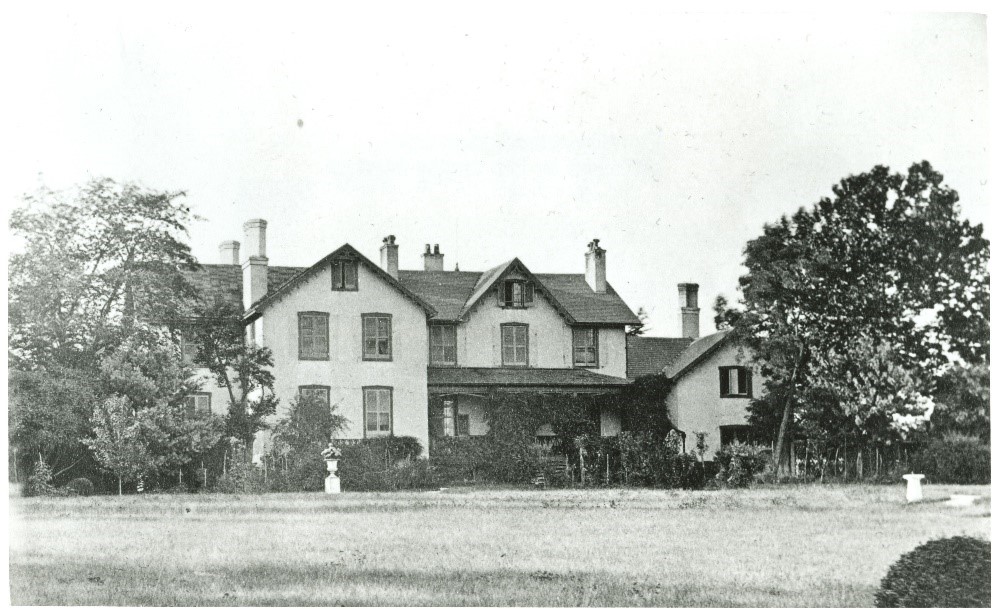
The work that is set to begin on the Cottage veranda this month has me thinking about verandas. Is it veranda or verandah? If you were talking about early 19th century Charleston one might say verandah.
Andrew Jackson Downing, the great promoter of Gothic Revival style architecture, dropped the “h” when he wrote in his 1842 book, Victorian Cottage Residences, “The veranda is a highly characteristic feature and no dwelling-house can be considered complete without one or more of them.”
Spell it how you may (I’m partial to the “h”), Downing understood that “…a veranda is a necessary and delightful appendage to a dwelling house, and in fact during a considerable part of the year frequently becomes the lounging apartment of the family. Hence a broad shady veranda suggests ideas of comfort, and is highly expressive of purpose.” Lincoln, perhaps, received fleeting moments of comfort while sitting on the veranda; a reprieve from the heat, a visit with family and a game of checkers…
“When at the Soldiers’ Home one bright moonlight night the president and Tad were playing checkers on the porch. As the sentinel passed by the president asked him if he ever played checkers and the sentinel said he did and the president said, “Set down your gun and come up let us take a game.” He did so and said he did his best but was badly beaten.” –From the Autobiography of Albert Nelson See, member of the Presidential Guard.
The veranda that Lincoln sat on is long gone. It was expanded in 1878 and appeared that way until 2003.
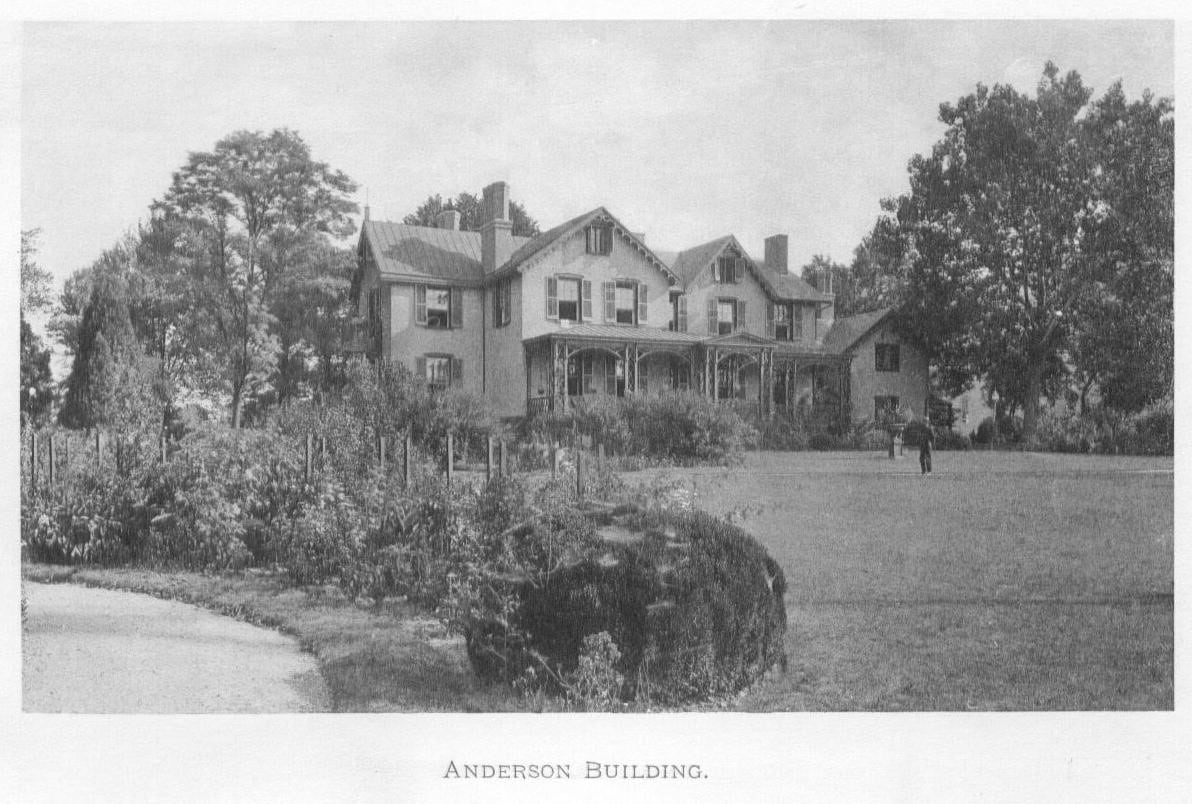
In that year, the National Trust for Historic Preservation removed the entire veranda as a first step in the restoration of the Cottage exterior.
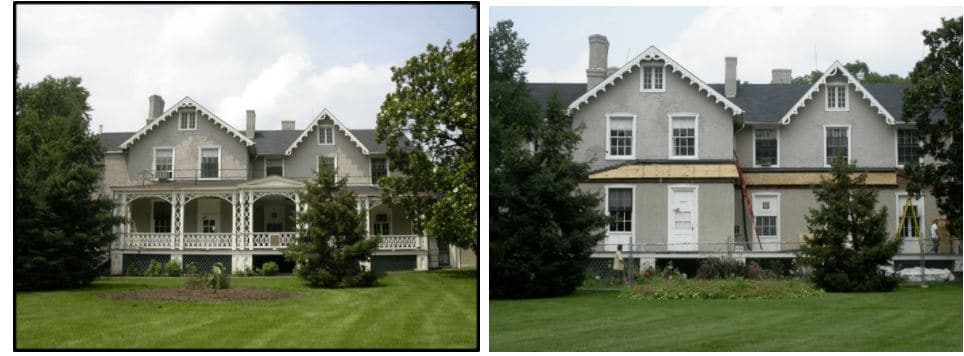
My passion for veranda restorations began in Burlington, Vermont where I had my own restoration business from 1997 to late 2004. It continued when I moved to Washington DC and joined the crew doing the exterior restoration of President Lincoln’s Cottage. We restored at least one hundred sash, fifteen doors, the entire west balcony and countless feet of bargeboard and trim. And then came the veranda. With the arguable exception of the roof and stucco, I believe the restoration of the veranda had the most visual impact in allowing one to understand how the exterior of the Cottage looked and was used during Lincoln’s time (and hey, Lincoln probably didn’t play checkers on the roof).
 One year later, in March of 2006, another veranda restoration opportunity presented itself. By this time I had rebooted my restoration business and was asked by DC based Bell Architects to restore the south porch of the Old Naval Hospital in Capitol Hill.
One year later, in March of 2006, another veranda restoration opportunity presented itself. By this time I had rebooted my restoration business and was asked by DC based Bell Architects to restore the south porch of the Old Naval Hospital in Capitol Hill.
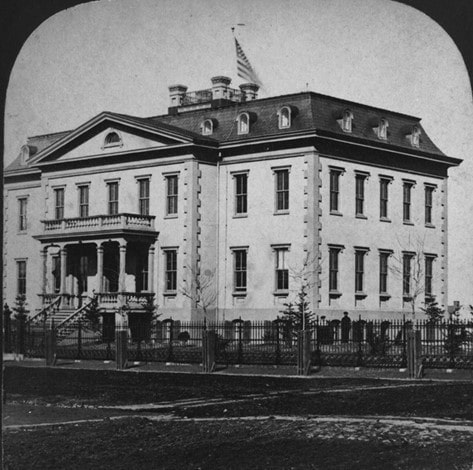
The creation of a hospital to serve the needs of sailors and marines wounded in the Civil War came about in the spring of 1864 when Abraham Lincoln signed a formal request asking Congress to allocate $25,000 towards the effort. By the time the hospital was completed in 1866 the cost had expanded to $115,000. To learn more about the history of the hospital you can visit the website: Oldnavalhospital.org. It details the earliest days of the hospital, how it changed through the years and provides this historical note about its first patient.
The United States Naval Hospital opened its doors on October 1, 1866. Benjamin Drummond, an African American, was the first man to be admitted. The twenty-four-year-old Union sailor had been shot in one shoulder and both legs in early 1863 when Confederate forces attacked the ship on which he was serving. Drummond was captured and placed in a prisoner of war camp. After a few months, however, he escaped from the rebels and returned to battle. Despite the passage of three years, his wounds had never fully healed, and so he was sent to Washington for treatment. The New York native remained at the hospital until March 1868 when he was discharged with a government pension.
As you can see I really have been thinking about verandas. Two architecturally different verandas, restored one year apart, and each with a connection to Lincoln and the history of how we cared for wounded and disabled serviceman of the mid to late 19th century. Next month, in the second part of this tale of two verandas, I’ll discuss the upcoming work to replace all of the Cottage veranda flooring, reveal the findings of my field trip to see how the veranda at the Old Naval Hospital has held up over the past fifteen years and explore another possible connection; the deterioration of each veranda’s modern materials.
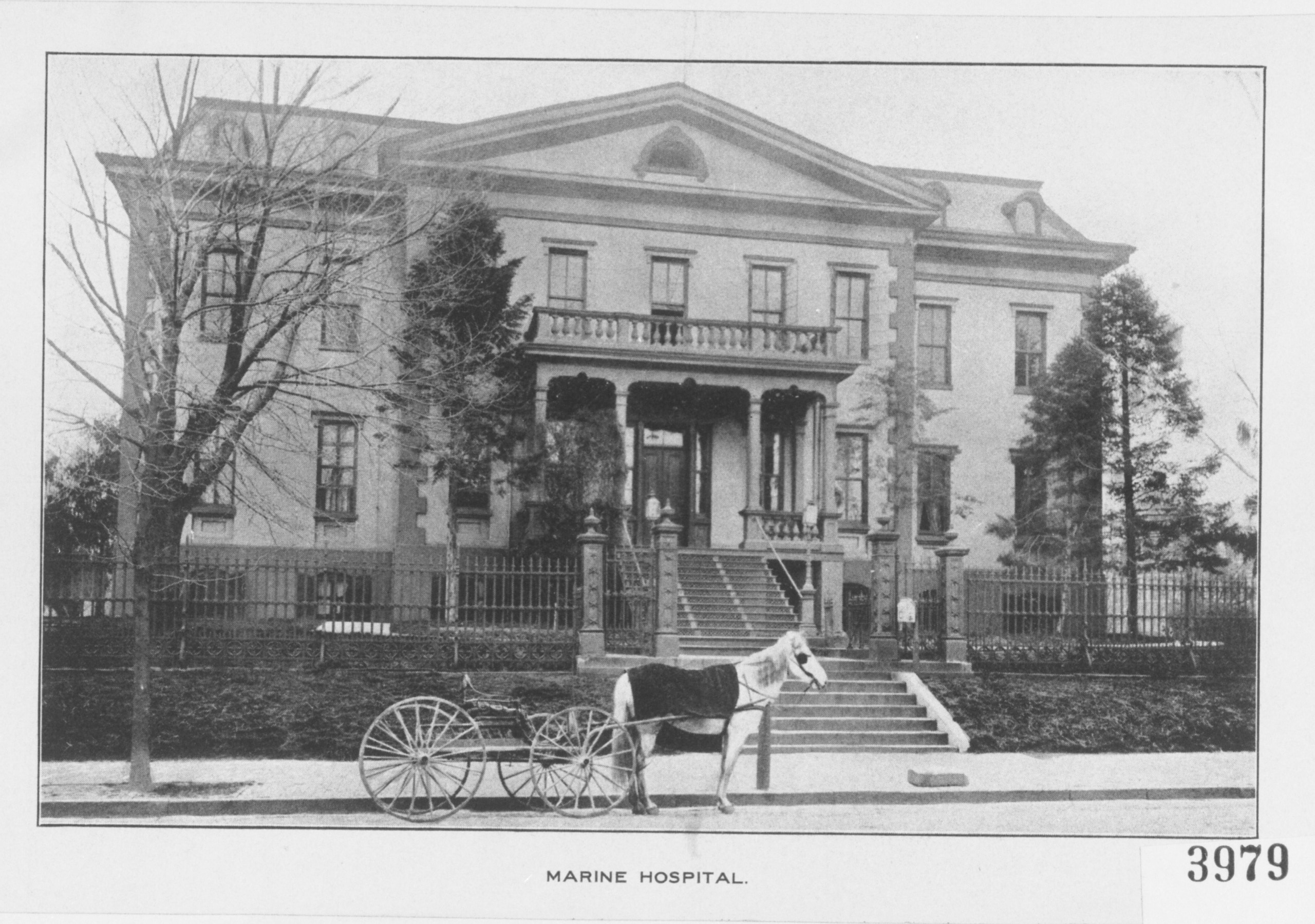
Stay tuned for Part 2 of A Tale of Two Verandas, out next month!
